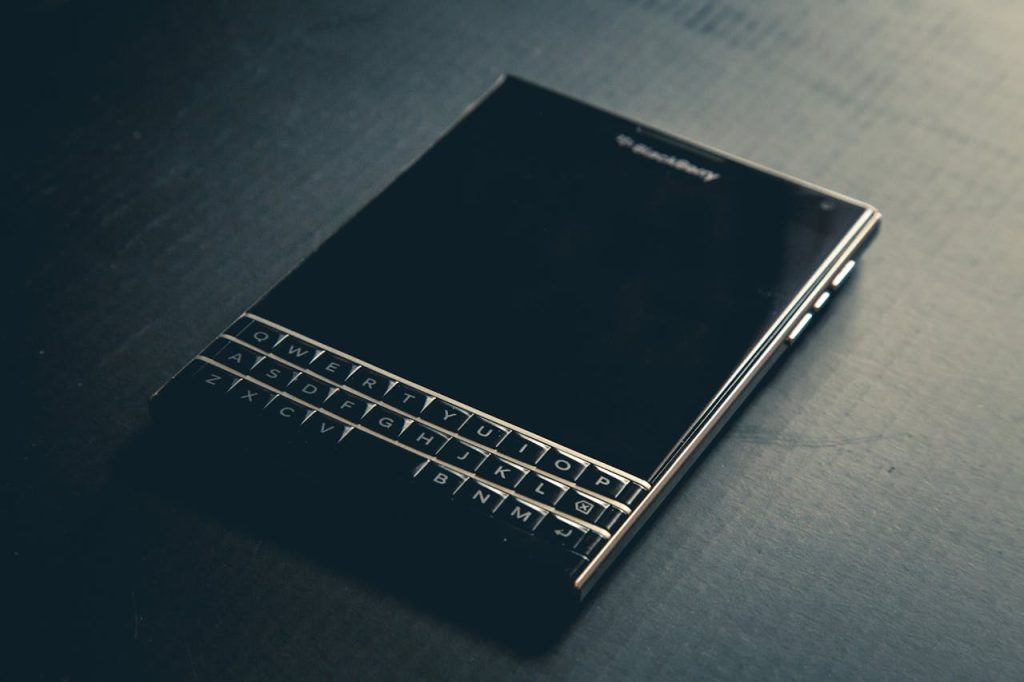
Have you ever noticed how some brands that once inspired fierce loyalty seem to fade into the background, almost overnight? It’s a strange phenomenon—one day, everyone raves about a product, and the next, it collects dust on the shelves. For investors, consumers, and brand enthusiasts alike, understanding why mega brands lose their cult followings can offer valuable lessons about changing tastes, innovation, and the importance of staying relevant. Even the most iconic names aren’t immune to shifting trends and consumer expectations in today’s fast-paced world. Let’s take a closer look at five mega brands that quietly lost their cult followings, and what we can learn from their stories.
1. Abercrombie & Fitch: From Mall Icon to Afterthought
Abercrombie & Fitch was once the ultimate status symbol for teens and young adults. With its moody stores, shirtless models, and exclusive vibe, the brand cultivated a cult following that seemed unstoppable in the early 2000s. But as fashion trends shifted and consumers began to demand more inclusivity and authenticity, Abercrombie’s image started to feel outdated. The brand’s refusal to adapt quickly enough to changing social norms—such as body positivity and diversity—led to a sharp decline in its cult status. Today, while Abercrombie is making a comeback with a more inclusive approach, it’s a far cry from its heyday. The lesson here? Brands must evolve with their audience or risk becoming irrelevant.
2. BlackBerry: The Smartphone Pioneer That Missed the Boat
Remember when BlackBerry was the must-have device for professionals and celebrities alike? Its physical keyboard and secure messaging made it a cult favorite, especially among business users. However, BlackBerry’s reluctance to embrace touchscreens and app ecosystems allowed competitors like Apple and Samsung to swoop in and capture the market. As a result, BlackBerry’s cult following dwindled, and the brand became a cautionary tale about the dangers of resting on your laurels. If you’re investing in tech or simply love gadgets, BlackBerry’s story is a reminder that innovation is non-negotiable.
3. MySpace: The Social Network That Lost Its Cool
Before Facebook, Instagram, or TikTok, there was MySpace—a platform that let users customize their profiles, connect with friends, and discover new music. MySpace wasn’t just a website but a cultural movement with a devoted following. But as social media evolved, MySpace failed to keep up with user expectations for simplicity and privacy. The rise of Facebook, with its cleaner interface and real-name policy, quickly eroded MySpace’s cult status. Today, MySpace exists mostly as a nostalgic footnote, a reminder that even the most beloved platforms can lose their edge if they don’t innovate.
4. J. Crew: The Preppy Powerhouse That Lost Its Way
J. Crew was once synonymous with classic American style, attracting a loyal following of fashion-forward shoppers. Its catalog was a staple in many households, and its collaborations with designers kept the brand fresh and exciting. However, as fast fashion brands like Zara and H&M began offering similar styles at lower prices, J.Crew struggled to maintain its cult following. The brand’s attempts to move upmarket alienated its core customers, while its failure to adapt to e-commerce trends left it lagging behind competitors. J. Crew’s story is a powerful lesson in the importance of knowing your audience and staying agile in a rapidly changing retail landscape.
5. GoPro: The Action Camera That Lost Its Thrill
GoPro revolutionized the way we capture adventure, turning everyday people into action filmmakers. The brand enjoyed a cult following among athletes, travelers, and content creators for years. But as smartphone cameras improved and competitors entered the market, GoPro’s unique selling proposition began to fade. The company’s focus on hardware, rather than building a robust ecosystem or community, made it difficult to maintain its cult status. Today, while GoPro is still a respected name, it no longer commands the same level of excitement or loyalty. The takeaway? Even the most innovative products need to keep evolving to stay relevant.
Lessons from the Lost: How to Keep a Cult Following Alive
What do these stories have in common? Each mega brand lost its cult following because it failed to adapt to changing consumer expectations, technological advancements, or cultural shifts. Whether you’re a business owner, investor, or simply a fan of great brands, the key takeaway is clear: staying relevant requires constant innovation, listening to your audience, and being willing to pivot when necessary. Cult followings are powerful but fragile—nurture them with authenticity, adaptability, and a willingness to evolve.
Have you ever been a die-hard fan of a brand that lost its magic? Share your story or thoughts in the comments below!
Read More
Why Juniors’ Education Might Be Less Expensive Than Expected
The post 5 Mega Brands That Quietly Lost Their Cult Followings appeared first on The Free Financial Advisor.







